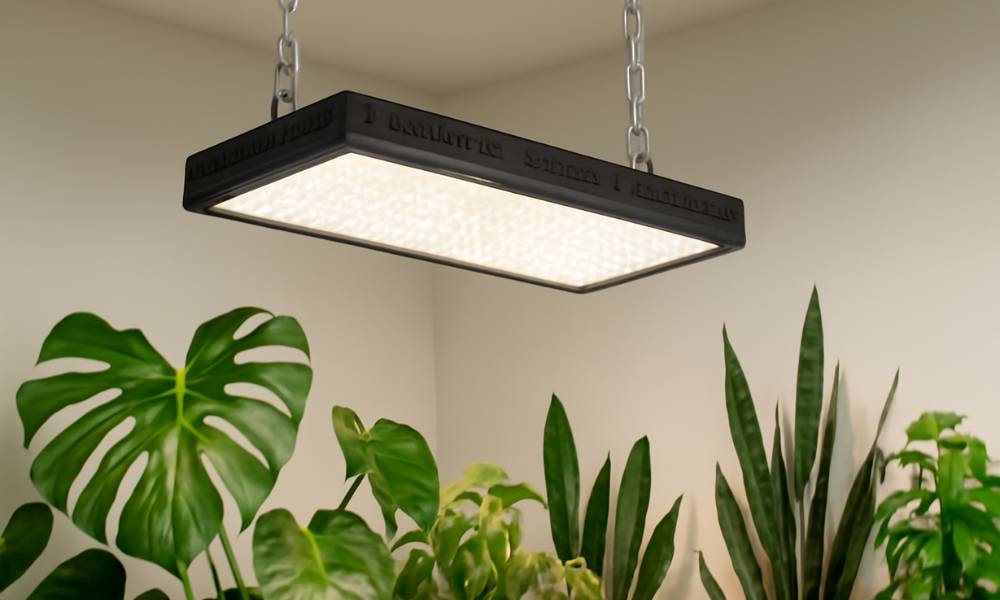Lighting is essential for indoor plants. How to hang a grow light from the ceiling is key to their health. I once struggled to get the right setup. After trial and error, I realised how important the light’s position is. Hanging a grow light correctly can boost plant and make your space look great.
The right setup ensures plants get enough light without wasting energy. I’ve learned through experience that placing the light correctly changes everything. In this guide, I will show you how to hang a light and help your indoor garden flourish.
Why Hanging Grow Lights from the Ceiling is a Game Changer
Ceiling-mounted grow lights are a great choice for indoor gardening. They mimic natural sunlight, which plants need to grow strong. I’ve found that positioning the above plants ensures they get evenly, helping them grow healthier.
These lights spread across the plants, reducing the chances of them growing unevenly. Hanging lights frees up space, keeping your indoor garden looking tidy. The light reaches all areas of the plants, allowing them to grow more evenly.
Ceiling-mounted are also more efficient. Adjusting the height lets you control the light intensity for your plants. This helps them grow well while saving energy at the same time.
What You’ll Need to Hang a Grow Light
You need a few simple tools. These include ceiling hooks, chains, a measuring tape, a drill, and screws. Of course, you also need the itself.
You can choose between LED, fluorescent, or HID lights. LEDS are energy-efficient and work well in small spaces. Fluorescent lights are good for herbs and smaller plants. HID provide a lot of light for larger plants. Select the right for your space and plant needs.
Choose the Right Spot
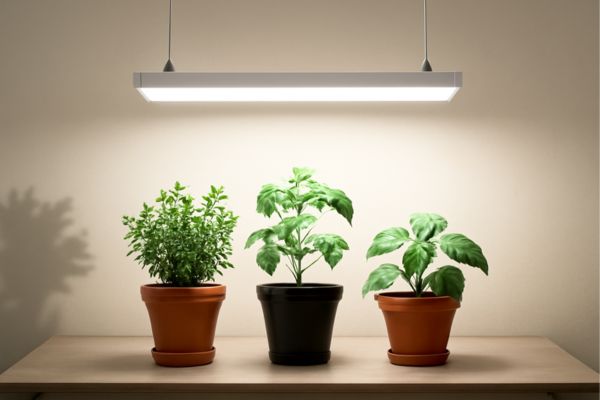
Pick a location that allows the light to cover all your plants. They should be placed above the plants for even coverage. Avoid obstacles that block. This setup helps your plants receive consistent, promoting healthy.
Measure and Mark
Use a measuring tape to find the right height. Mark the ceiling where you’ll install the hooks. Make sure the light will cover the plants without being too far from them. Proper measurement helps achieve optimal distribution.
Install the Ceiling Hooks
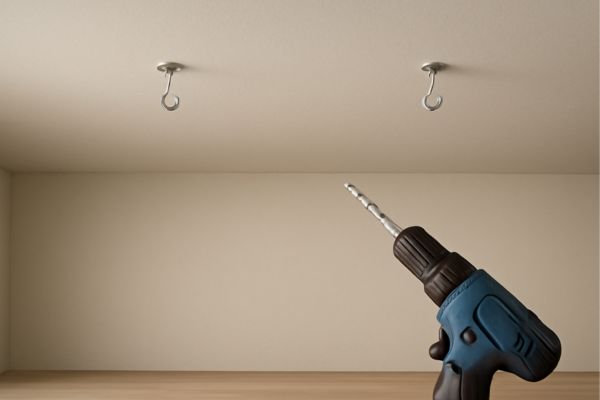
Use a drill to make holes in the ceiling in the marked locations. Screw the ceiling hooks in place when the holes are ready. These hooks are for the chains or cords of the light. Make it easy for the hooks to be installed safely.
Hang the Grow
Attach the light securely to the ceiling hooks using the chains or cords. Adjust the height to suit your plants’ needs. Ensure the light is stable and balanced before moving forward. Hang String Lights from Ceiling beautifully to enhance your space.
Test the Light
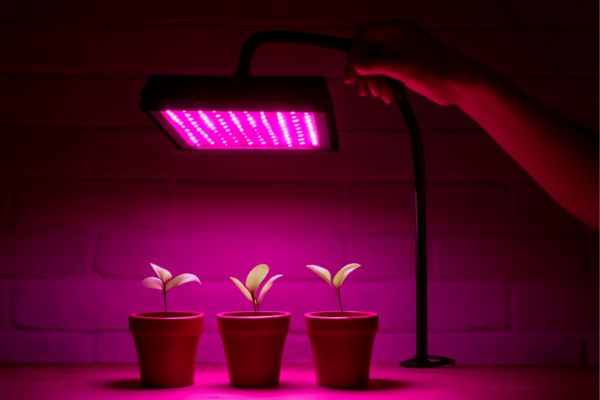
Turn on the grow light and check its stability. Ensure the light is positioned correctly for even coverage. Adjust the height or position as needed to make sure the reaches all areas of your plants.
Tips for Getting the Perfect Light for Your Plants

To keep your plants healthy, the distance between the light and the plants is important. I’ve found that placing the light about 12 to 18 inches above the plants works well for most indoor varieties. Too close, and they can burn the leaves; too far, And your plants might not get enough.
Different plants need different light levels. Some plants, like leafy greens, prefer softer, indirect light. For plants that need more intense conditions, like tomatoes or peppers, they should be closer to them.
Moving your grow light regularly is key for even growth. Plants grow towards, so adjusting it weekly ensures all parts of your plant. This way, no plant becomes weak or leggy.
Different Types of Grow Lights and When to Use Them
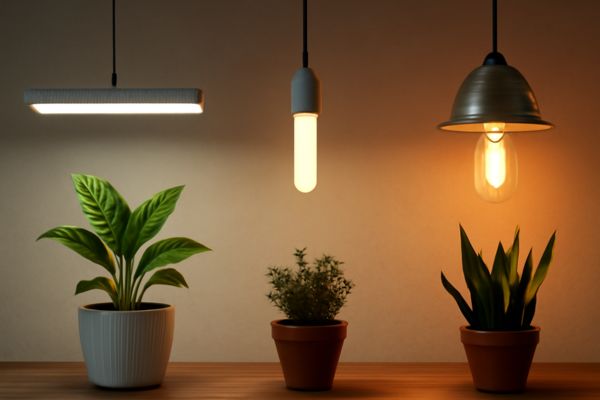
LED, fluorescent, and HID. Each one suits different needs.
LED Grow Lights are energy-efficient and emit less heat. They are perfect for small spaces and provide a full spectrum. These lights work well for most indoor plants, offering the right balance of energy savings and plant health.
Fluorescent Lights are ideal for smaller plants like herbs. They provide soft, even light with minimal heat. These lights work best in smaller areas or for plants that need gentler.
HID Lights are powerful and provide intense light. They are suitable for larger plants or commercial setups. These lights need proper ventilation due to the heat they produce but are great for plants that need a lot.
Conclusion
The right height and spot on which to hang a grow light is key to your plants’ health. Positioned correctly, they receive what they require to grow strong and healthy. It’s all about having the right light, whether it’s LED, fluorescent or HID — that, and the light’s proper placement.
First-timers, you can play around with heights and positions. As you learn, you’ll figure out what works best for each plant. Each plant is different , and that’s part of the fun.

